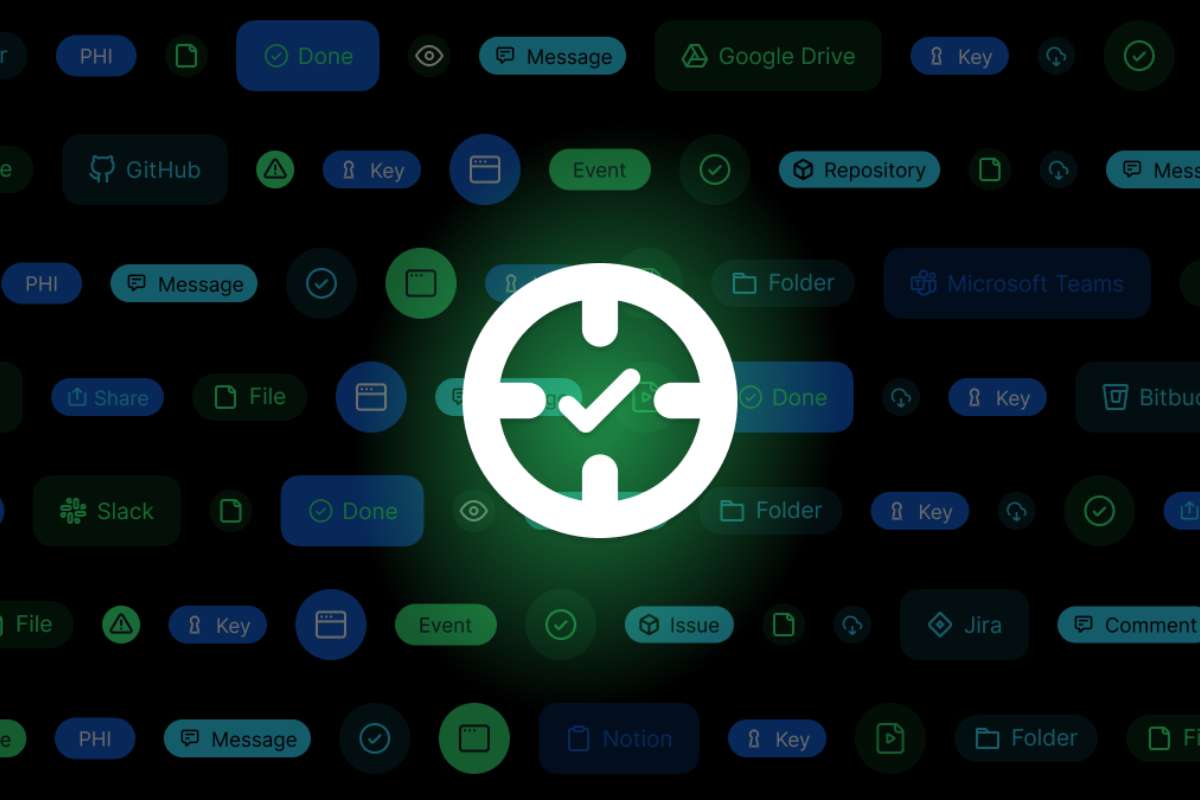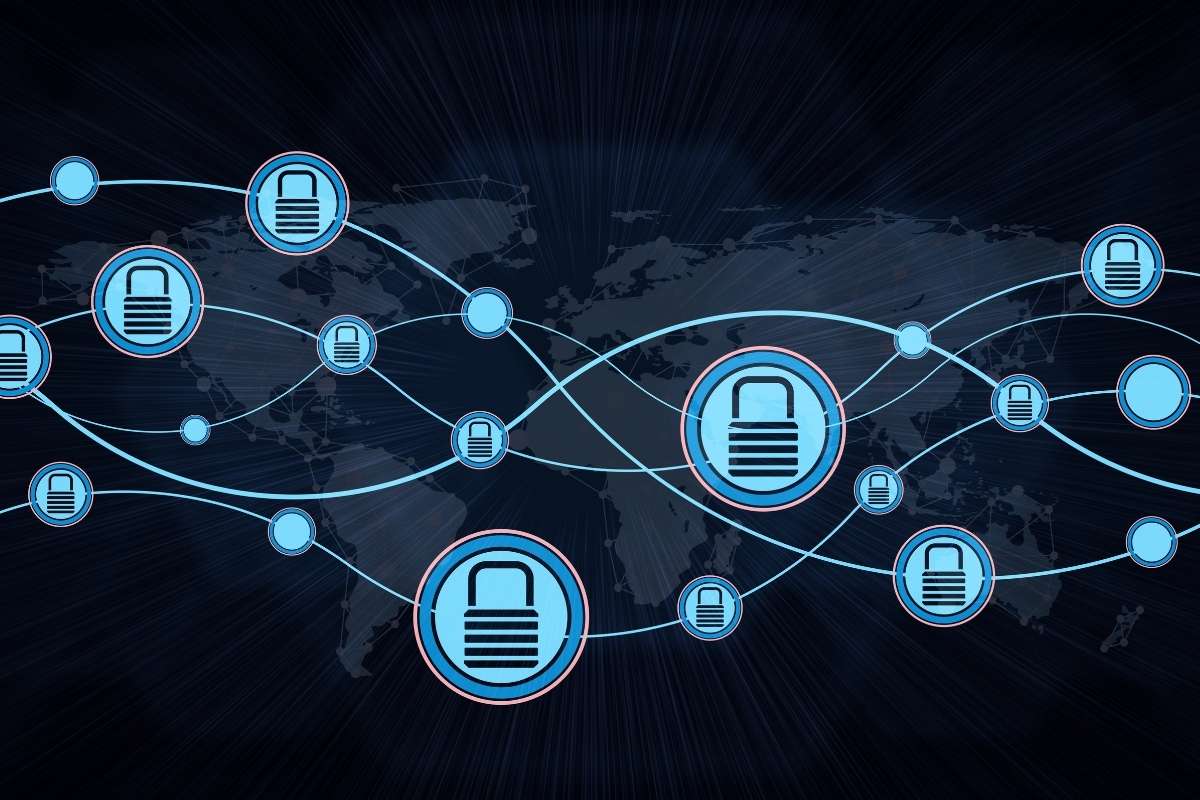Rising Cybersecurity Threats in the Age of Generative AI
As cyberattacks become more sophisticated, organizations face an escalating challenge to secure their digital infrastructures. A recent report by the Capgemini Research Institute, titled New Defenses, New Threats: What AI and Gen AI Bring to Cybersecurity, highlights the dual role of artificial intelligence (AI) and generative AI (Gen AI) in this evolving landscape—both as tools for defense and as enablers of new threats.
The findings are sobering: over 90% of organizations experienced breaches in the past year, a stark rise from 51% in 2021. The financial implications are equally alarming, with nearly half of these organizations reporting losses exceeding $50 million over the past three years. Adversaries are leveraging AI and Gen AI for advanced attacks, including malware development, social engineering, and phishing, with 97% of organizations reporting Gen AI-related security incidents. These new technologies have expanded the attack surface, introducing risks such as prompt injection vulnerabilities, misuse of AI-integrated applications, and internal exploitation of “shadow AI.”
Compounding these challenges is the need to secure every stage of the Gen AI lifecycle, from data collection and model customization to ongoing development and maintenance. Without a comprehensive approach, organizations remain vulnerable to increasingly complex cyber threats.
AI as a Defense Mechanism
Despite these challenges, organizations are harnessing the power of AI and Gen AI to bolster their cybersecurity defenses. Three in five businesses recognize AI as essential for effective threat response, with many reporting significant improvements in detection and response times. More than 60% believe that Gen AI will strengthen cybersecurity in the long term, underscoring its potential as a transformative tool in the fight against cybercrime.
Organizations are using AI to generate advanced threat intelligence and perform detailed vulnerability assessments, enabling a proactive stance against cyberattacks. These technologies are becoming integral to enhancing the capabilities of Security Operations Centers (SOCs) by automating repetitive tasks and providing predictive insights into emerging threats.
However, experts caution that the adoption of AI-driven defenses requires careful planning and execution. Without robust governance frameworks, organizations risk compounding existing vulnerabilities or inadvertently introducing new ones.
The Road Ahead: Strategies for AI Integration
To navigate the complexities of AI and Generative AI in cybersecurity, organizations must adopt a multi-faceted strategy. This includes regularly reassessing the cybersecurity landscape to identify emerging risks, investing in advanced data management systems, and leveraging cloud computing resources to support AI-driven solutions. Clear policies and governance frameworks are essential to ensure data safety and integrity.
Additionally, fostering a culture of risk awareness is vital. Comprehensive training programs should equip employees with the knowledge to identify and mitigate potential threats, while also addressing the misuse of AI tools within organizations. With a structured approach, businesses can maximize the benefits of AI and Gen AI while mitigating the associated risks.
As the cybersecurity landscape continues to evolve, organizations must strike a delicate balance—leveraging AI to protect their operations while staying vigilant against the threats it can also enable. This duality underscores the urgency for businesses to innovate and adapt in the face of ever-evolving cyber challenges.






